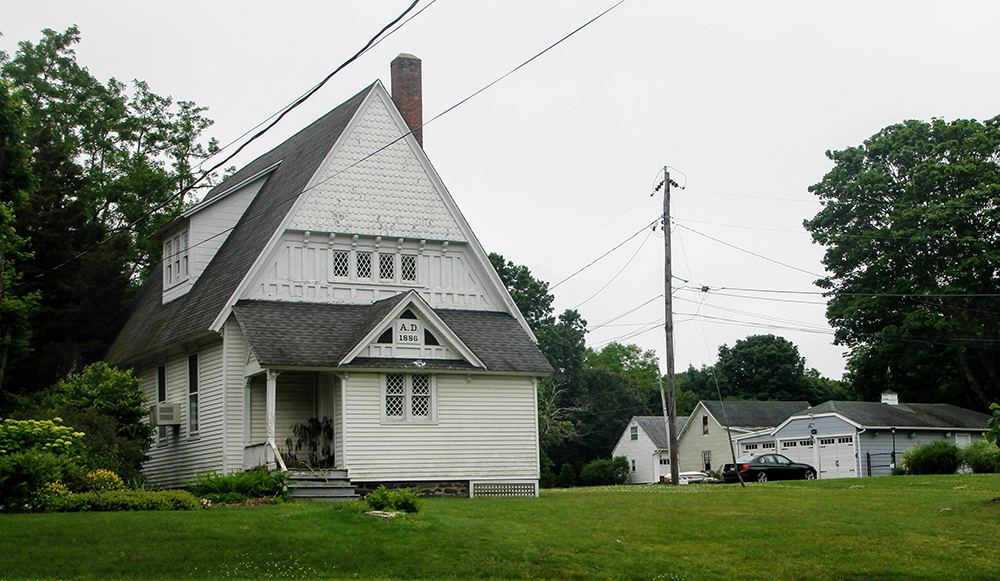Stretch of East Marion to be added to national historic register

The East Marion Main Road Historic District in Southold is one of 18 properties statewide that have been recommended to be added to the State and National Registers of Historic Places by the New York State Board for Historic Preservation.
The historic district includes generally Main Road, Bay Avenue and Cemetery Avenue. The hamlet grew along the primary road on the North Fork between the mid-18th and mid-20th centuries, when virtually every household in East Marion was supported by fishing, farming, or a combination of the two.
“Main Road has essentially been the lifeblood of this community,” said Ruth Ann Bramson, a member of the East Marion Community Association and chair of the Historic District Committee that organized the effort for the listing. “What you see along the main road is really a fascinating collection of residences as well as a few public buildings, like the church. It really gives you a picture of how [East Marion’s] history developed.”
The district’s period of significance — 1757 to 1953 — reflects the settlement and growth of East Marion. The period begins with the date of the earliest surviving house and ends with the construction of East Marion’s War Memorial Post Office in 1945 and the East Marion Volunteer Fire Department in 1953, according to the nominating form. Existing side-by-side today in the district is a collection of architecture that embodies popular styles from this period, from simple farmhouses to Colonial and Greek Revivals, large ornate Italianates, Queen Anne Victorians, and early 20th-century kit homes.
“It brings to the public acknowledgment of what a historical place East Marion is, and that becomes a real welcome step to ensure that its unique character, heritage, and culture are preserved, celebrated and not forgotten,” said Ellen Zimmerman of East Marion, who’s a trustee for the Oysterponds Historical Society. “As you drive along the road, you can see the houses as visual representations of what was going on — the whole history of the area is embodied in the houses that are preserved.”
Receiving State and National Registers listing can assist property owners in revitalizing buildings, making them eligible for various public preservation programs and services, such as matching state grants and state and federal historic rehabilitation tax credits.
“We want to recognize the historic buildings that are here because that’s a legacy of the community’s past,” Ms. Branson said. “A historic district also helps to build a sense of community pride. It also offers a certain measure of protection. We’re proud of our community and we want to say that.”
There are more than 120,000 historic buildings, structures and sites throughout the state listed on the National Register of Historic Places, individually or as components of historic districts.
“I’m really very happy because I think it will help to preserve all of the great stuff about East Marion,” Ms. Zimmerman said. “And it acknowledges that East Marion is a place worth thinking about and stopping at.”
Photo caption: A historic church in East Marion. (Credit: Erika Peters)









